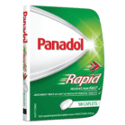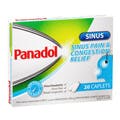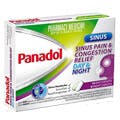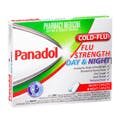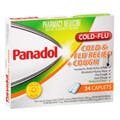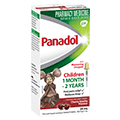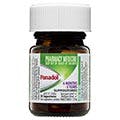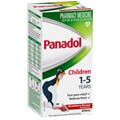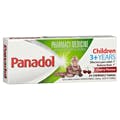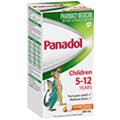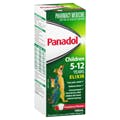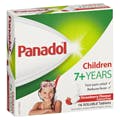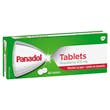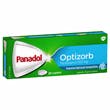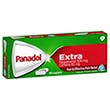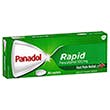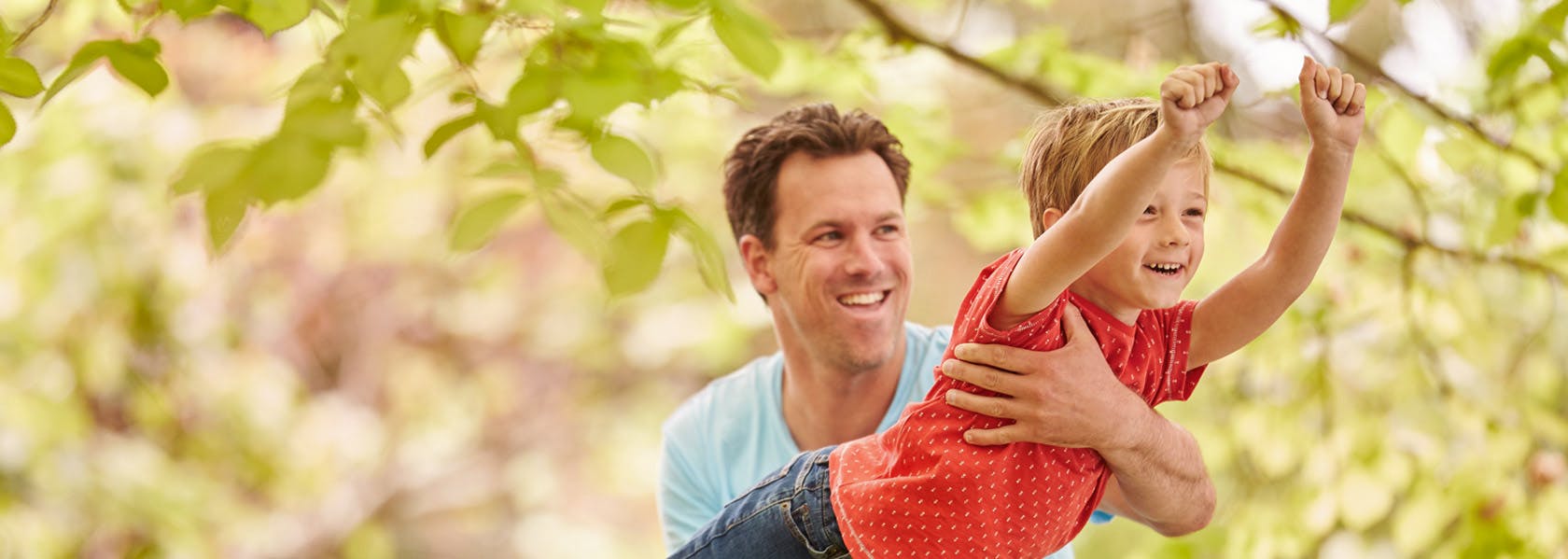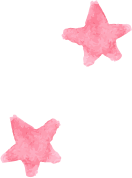

Colourfree Baby Drops 1-2 Months

Colourfree Suspension 1-5 Years

Chewable Tablets 3+

Suppositories 6 Months - 5 Years

Colourfree Suspension 5-12 Years

Elixir 5 - 12 Years

Suppositories 5-12 Years

Soluble 7+

Panadol Tablets

Panadol Caplets with Optizorb Formulation

Panadol Tablets with Optizorb Formulation

Panadol Gel Caps

Panadol Mini Caps

Panadol Suppositories

Panadol Back & Neck

Panadol Extra Caplets

Panadol Rapid Soluble

Panadol Rapid Caplets

Panado Rapid Handipak

Panadol Back & Neck Long Lasting

Panadol Osteo

Panadol Cold & Flu + Decongestant

Panadol Cold & Flu - Flu Strength (Day & Night)

Panadol Cold & Flu Relief + Cough

Panadol Cold & Flu MAX Hot Lemon
Compare Now (0/5)
- Product
- Format
- Age
- Key Features
- Ingredients

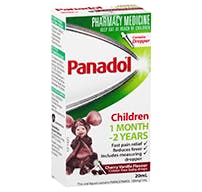
Colourfree Baby Drops 1-2 Months
- Concentrated Drops
- 1 Month - 2 Years
- Gentle on Tiny Tummies
- 500mg Paracetamol
- No gluten, lactose or sugar

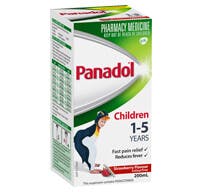
Colourfree Suspension 1-5 Years
- Suspension
- 1-5 Years
- Strawberry/Orange Flavour
- Active Ingredient: Paracetamol 24 mg/mL

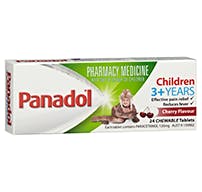
Chewable Tablets 3+
- Dissolvable Tablets
- 1-5 Years
- Perfect For Travel
- Active Ingredient: 120mg of Paracetamol per tablet


Suppositories 6 Months - 5 Years
- Suppositories
- 6 Months - 5 Years
- For vomiting
- Active ingredient: Paracetamol 125mg per suppository.

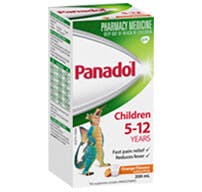
Colourfree Suspension 5-12 Years
- Suspension
- 5-12 Years
- Strawberry/Orange Flavour
- Active ingredient: Paracetamol 48 mg/mL

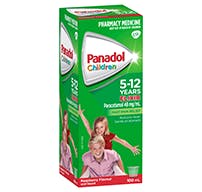
Elixir 5 - 12 Years
- Suspension
- 5-12 Years
- Fast & gentle relief
- Active ingredient: Paracetamol 48 mg/mL

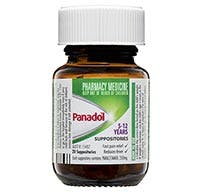
Suppositories 5-12 Years
- Suppositories
- 5-12 Years
- For vomiting
- Active ingredient: 250mg Paracetamol per suppository

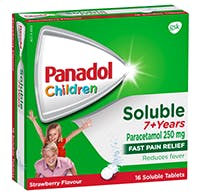
Soluble 7+
- Effervescent Tablets
- 7+ Years
- Absorbed quicker
- Active ingredient: Paracetamol

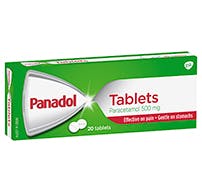
Panadol Tablets
- Tablets
- 12+ Years
- Basic Pain
- Active ingredient: 500mg Paracetamol

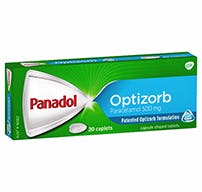
Panadol Caplets with Optizorb Formulation
- Caplets
- 12+ Years
- Quicker Absorbtion
- Active ingredient: 500mg Paracetamol

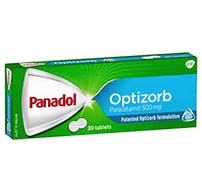
Panadol Tablets with Optizorb Formulation
- Tablets
- 12+ Years
- Quicker Absorbtion
- Active ingredient: 500mg Paracetamol

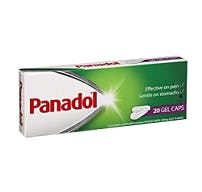
Panadol Gel Caps
- Caplets
- 12+ Years
- Easier to swallow
- Active ingredient: 500mg Paracetamol

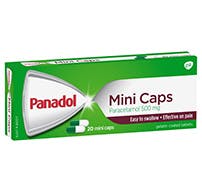
Panadol Mini Caps
- Caplets
- 12+ Years
- Easier to swallow
- Active ingredient: 500mg Paracetamol


Panadol Suppositories
- Suppositories
- 12+ Years
- For vomiting
- Active ingredient: 500mg Paracetamol per suppository.

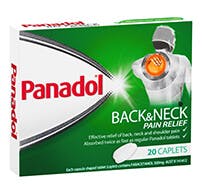
Panadol Back & Neck
- Caplets
- 12+ Years
- Fights Back Pain
- Active ingredient: 500mg Paracetamol

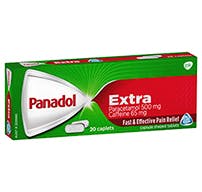
Panadol Extra Caplets
- Caplets
- 12+ Years
- Fight Tough Pai
- Active ingredient: 500mg Paracetamol , 65mg caffeine

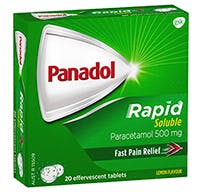
Panadol Rapid Soluble
- Dissolvable Tablets
- 12+ Years
- Absorbed 2x Faster
- Active ingredient: 500mg Paracetamol

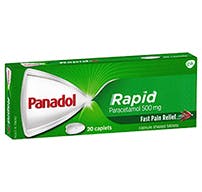
Panadol Rapid Caplets
- Caplets
- 12+ Years
- Absorbed 2x Faster
- Active ingredient: Paracetamol


Panado Rapid Handipak
- Caplets
- 12+ Years
- Absorbed 2x Faster
- Active ingredient: 500mg Paracetamol

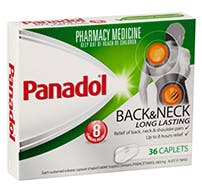
Panadol Back & Neck Long Lasting
- Caplets
- 12+ Years
- Up to 8 hours
- Active ingredient: 655mg Paracetamol

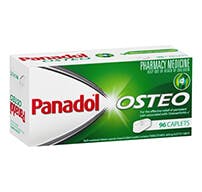
Panadol Osteo
- Tablets
- 12+ Years
- Up to 8 hours
- Active ingredient: 665mg Paracetamol

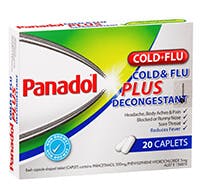
Panadol Cold & Flu + Decongestant
- Caplets
- 12+ Years
- With Decongestant
- 500mg Paracetamol


Panadol Cold & Flu - Flu Strength (Day & Night)
- Caplets
- 12+ Years
- Day & Night Relief
- 500mg Paracetamol

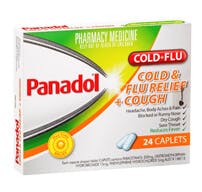
Panadol Cold & Flu Relief + Cough
- Caplets
- 12+ Years
- Cough Relief
- 500mg Paracetamol
Minimise
Toddler Food - Tips For Feeding Toddlers
You are now hopefully sharing family mealtimes together and toddlers will want to feed themselves with a spoon and/or fork. They are still very messy, so don’t expect perfect table manners for another few years. They learn about their food by touching, playing, squashing and eating it.
They are not growing as fast as they did over the first 12 months, and they are very busy, so they might not have a great appetite. Don’t force them to eat or finish their meal – they will eat when they’re hungry. They express their independence by making decisions about what they will and won’t eat. They have likes and dislikes just as you do, so give them the chance to try out different foods.

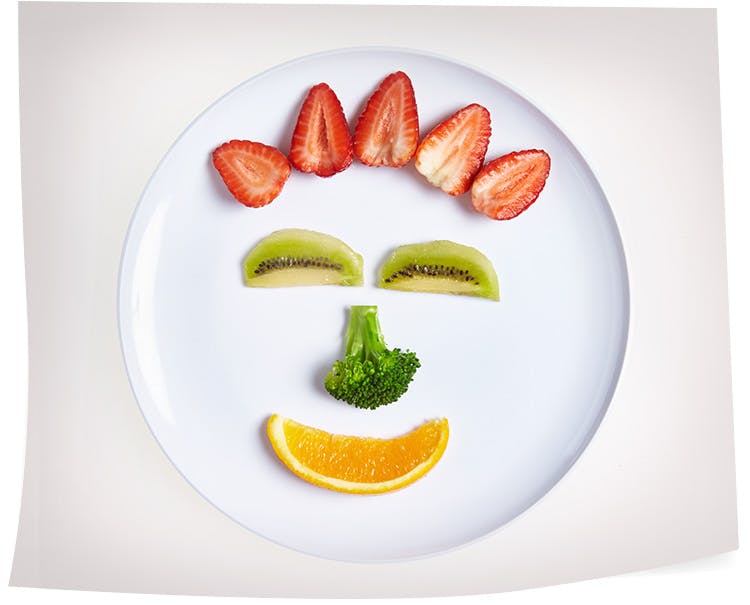

What you offer them will depend largely on your cultural background, but it should always be a well balanced diet with a variety of foods.
What should I offer my toddler?
By 12 months, your toddler should be eating a wide range of family foods. What you offer them will depend largely on your cultural background, but it should always be a well balanced diet with a variety of foods.
Sample menu
Breakfast
- Cereal, rice or porridge, finger food (e.g. fruit and toast) followed by a cup of milk.
Morning and afternoon snack - Chopped fruit, yoghurt or cheese stick, plus a cup of water.
Lunch
- Sandwiches or pocket bread with avocado, cheese spread, smooth peanut butter, chopped fish or chicken. Plus finger food – chopped fruit, salad or cooked vegetables and a cup of milk.
Dinner
- Fish or meat patties and vegetables, tofu, rice or pasta with sauce, or casserole of chunky pieces of cooked meat and vegetables. Follow with fruit and yoghurt or custard, and a cup of milk.

.png?auto=format)
Tips for feeding your toddler
- Always sit your child down to eat, either at the family meal table or at their own toddler sized table (so they don’t run around with food in their mouth which they might choke on).
- Encourage table manners, but don’t force them. Set the example yourself.
- Feed them dinner before they get overtired.
- Keep meal and snack times at a regular time.
- Let them practice spoon-feeding themselves.
- Keep mealtimes interesting, with small amounts of different food. Offer two or three small courses at each meal.
What should I do if my child will not eat?
- It is normal for toddlers to be hungrier on some days than on others.
- Perhaps they are overtired. Try moving the mealtime to an earlier time of day.
- Often they won’t let you feed them because they are asserting their independence. Offer them spoon food and finger food at each meal.
- Offer the food, but take the plate away after a reasonable time (about 20-30 minutes) or when the rest of the family have finished their meal, even if the food’s not eaten. Don’t insist on all the food being eaten.
- If they refuse the main meal, don’t offer extra snacks or milk.
- Don’t let meal times become a battle.
Create mealtimes as a social family occasion. Eat together wherever possible, as children will follow your eating habits and be more inclined to eat if they have company.
Tips on mealtimes
- Present different coloured food (e.g. green beans, carrots and potato) and different shapes (sticks of carrot, cubes of potato, flowers of broccoli, wedges of tomato).
- Always have some finger food at each meal, as toddlers love to play with and feel their food.
- Avoid foods with added sugar and salt and do not add sugar or salt to food when cooking.
- Create meal times as a social family occasion. Eat together wherever possible, as children will follow your eating habits and be more inclined to eat if they have company.
- If your toddler won’t eat, don’t force the issue – they’ll eat when they’re hungry.
- If you have concerns, discuss them with your Child Health Nurse.
Safety tips
- To make eating safer, sit with your child when they eat. Never leave your toddler alone with food.
- Do not offer your child small, hard, round foods like nuts or lollies, and avoid other hard, tough foods like raw apple, carrot and celery. Cut up or grate these foods.
- Cow’s milk and water should be your child’s main drinks.
- Don’t offer sweet, fizzy drinks, tea or coffee.
- Never put your child to bed with a bottle of milk or juice as this can lead to serious tooth decay.












